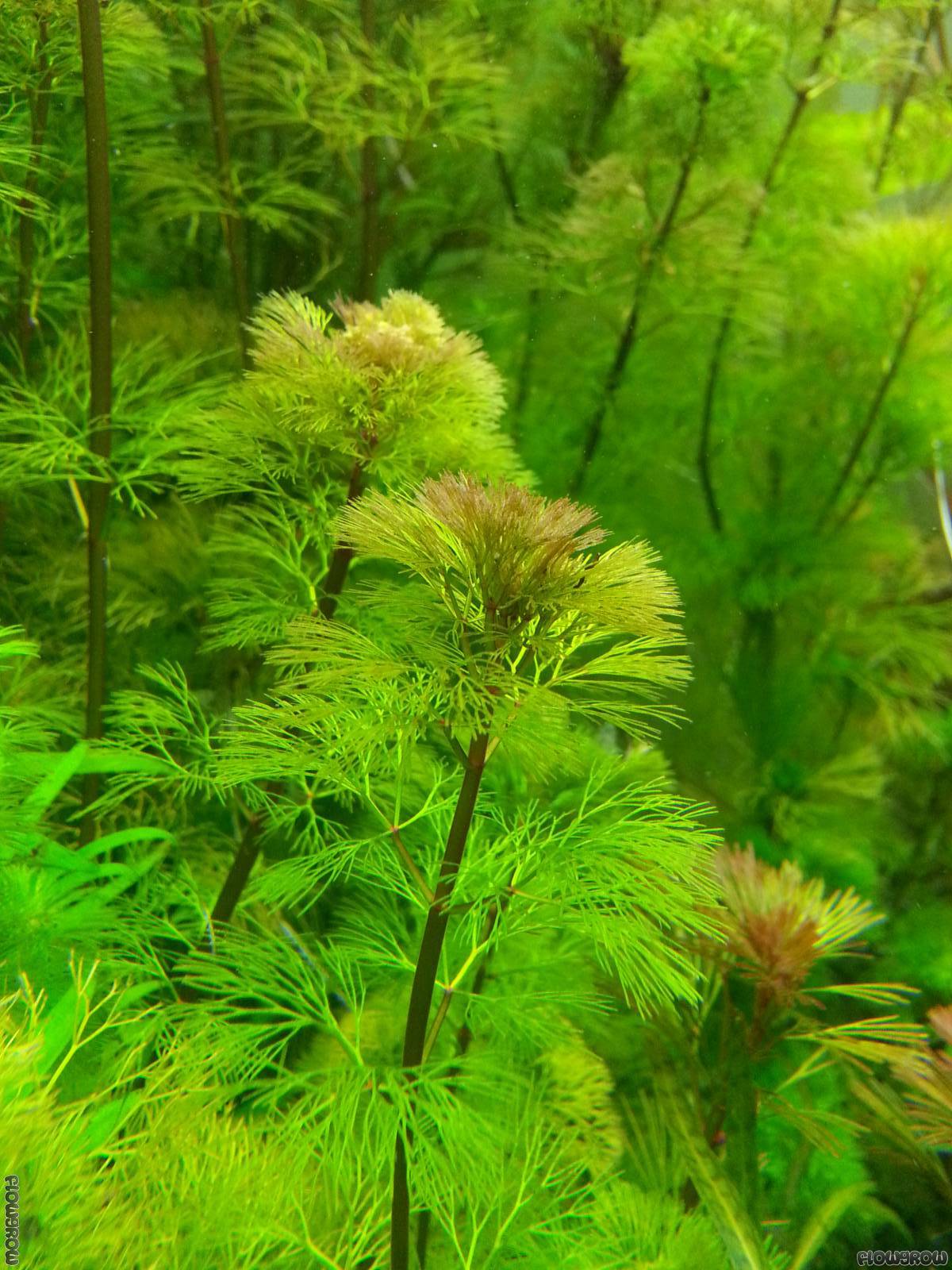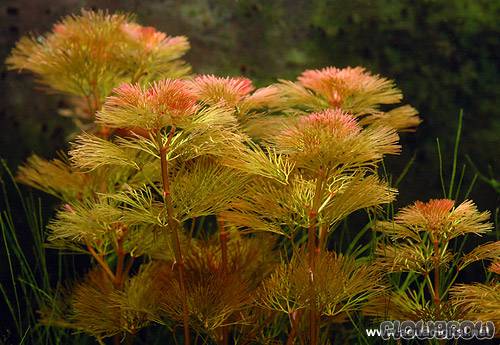Hi all,
cheers Darrel
The chemistry bit is the difficult bit, and also what makes it easy for <"unscrupulous vendors"> to baffle and confuse.it easier to digest for the non-expert person not much familiar with chemistry
Yes and no. We are measuring alkalinity, using an acid /base titration. Usually alkalinity is related to (bi)carbonate (2HCO3- / CO3-- content, but it can be totally unrelated if the source of alkalinity is another base, like the hydroxide ion (OH-).When we measure "KH" (such as with our API or other hobby test kits) we are in fact measuring Alkalinity or CO3 contents.
Yes, pretty much.That is, the waters degree of ability to neutralize acid. High alkalinity or high "KH" means a high degree of acid neutralizing potential, which in turn means it will be harder to lower our pH with say botanicals or acidifying compounds. Conversely, a low "KH" or low alkalinity means that we can easily impose downward change to pH to make it more acidic which is usually beneficial for the livestock we keep in our planted tanks (originating mostly from acidic waters) and furthermore increases our plants ability to digest fertilizers.
I think it probably is.Is this a sufficient way of putting it for the non-expert?
cheers Darrel




